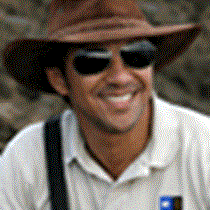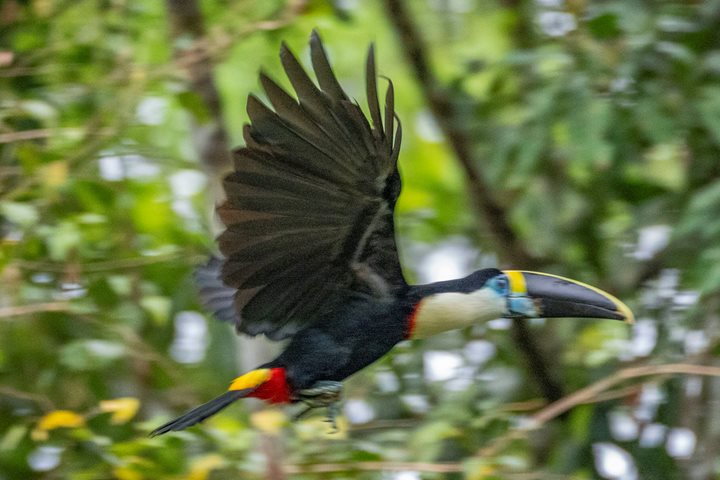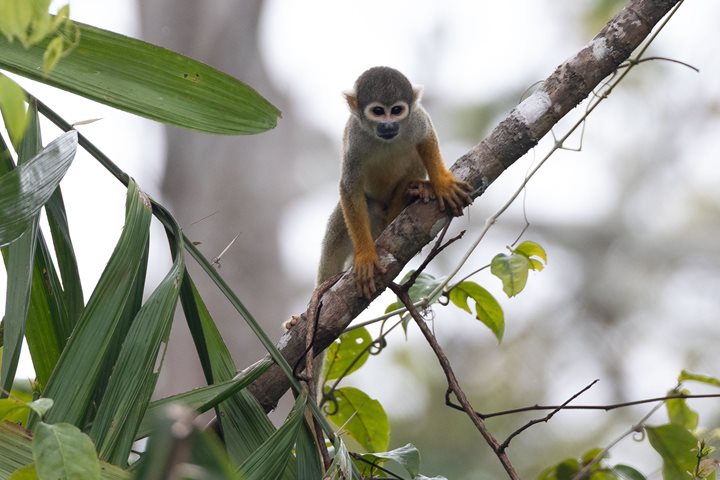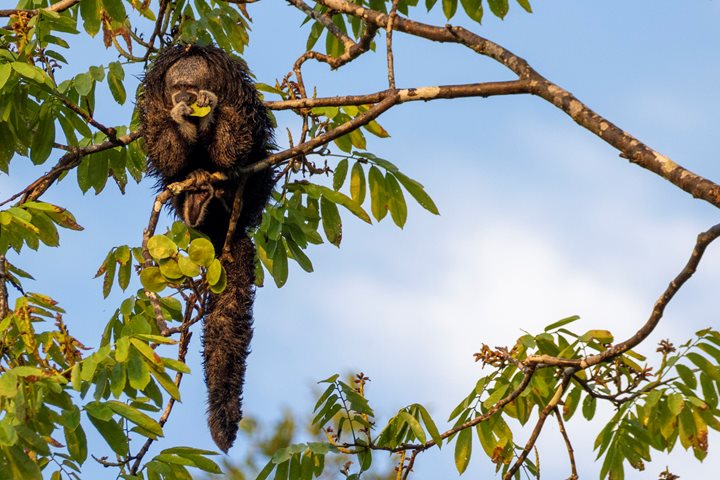Our last expedition day in the Upper Amazon was marked once again with great wildlife encounters! Our morning started with a quick skiff ride in a narrow creek known as Iricahua. This location is only accessible when the water level is high, and it might be the very last time we are visiting this place until next year when the levels rise enough to make it accessible again. The water level of the main river and the tributaries drop as much as 30 feet from the highest level to the lowest in this flooded forest! What an amazing feature!
The beginning of May usually marks the time of the year when levels start to drop. By the end of May, levels are so low that many creeks are too shallow to enter, or the amount of debris accumulated in the bottom of the creek becomes an obstacle for skiffs attempting to penetrate this intricate ecosystem.
Today was a lot of fun, as our skilled drivers took us through the meandering creek while we were still immersed in a thin morning fog, giving the excursion an extra layer of “Indiana Jones” adventure.
Later in the morning, we continued our navigation down river and reached an area known as Flor de Castaña. The seasonal flooded forest has created a fair competition between the large tree species in this area, which allows for an additional ecosystem of dead trees within the lakes. This feature creates additional nesting areas for certain birds that will only nest inside the cavities of dead trees. At the same time, many aerial plants grow right on top of the remnants of trees, creating a unique “garden” within the lake. This feature, coupled with the stillness of the water, creates unique opportunities for mirrored photography.
Our last skiff ride of the trip was just as amazing as the first one we had seven days ago. Once more, we enjoyed the skilled driving, the naturalists’ explanations about wildlife, and, in general, the beauty of an unforgettable and unique part of the world!







